- Home
- slideshows
- miscellaneous
- What it was like to own and drive a 'no-tech' car
What it was like to own and drive a 'no-tech' car
Up front, I should note that "no-tech" doesn't mean an antique with a carburetor, no airbags, and lap-belt seat belts. I'm talking mainly about cars from the 1990s.

Here I am with the 1998 Saab — my most recent no-tech vehicle.

I sold it in 2014 and now own a 2011 Toyota Prius, whose tech is outdated but at least 21st-century caliber.

The Saab was low-tech, but not as low tech as my first-generation Miata, which sported a five-speed stick shift, crank windows, and a radio with a cassette deck. And that was it!
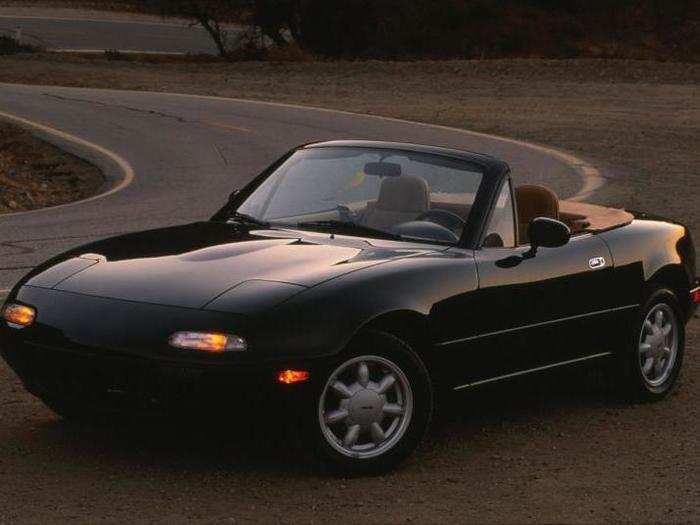
My Saab had an automatic transmission and ... a dedicated weather band on the radio.

Here's a state-of-the-art, modern infotainment system: Audi's MMI with "Virtual Cockpit."

And here's Tesla's infotainment system, which runs on a massive central touchscreen.
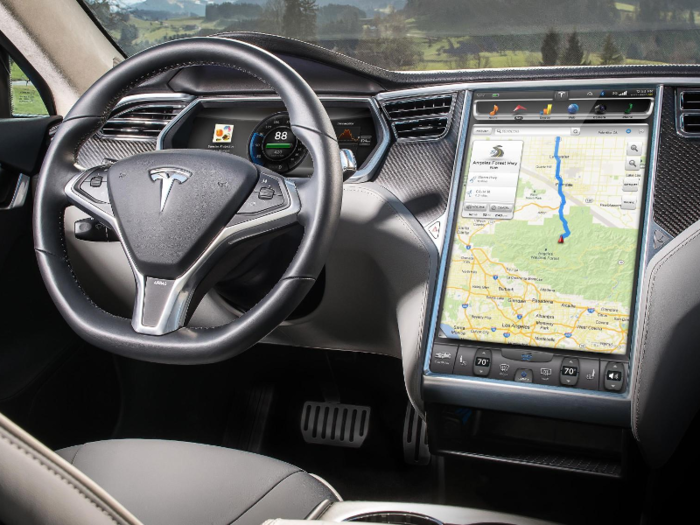
We've come a long way from truly zero-tech dashboards, such as the one on this vintage Siata.
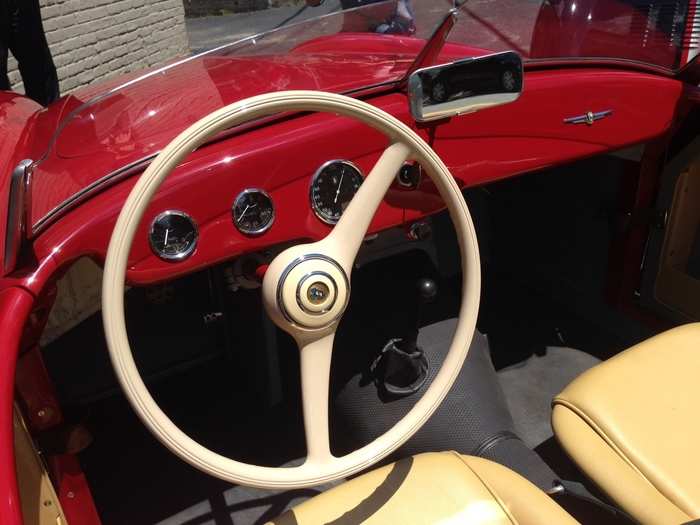
Of course, even as dashboards advanced, navigation still meant paper maps. Everyone who lived in LA before GPS had a Thomas Guide in their car. Mine was very well used.
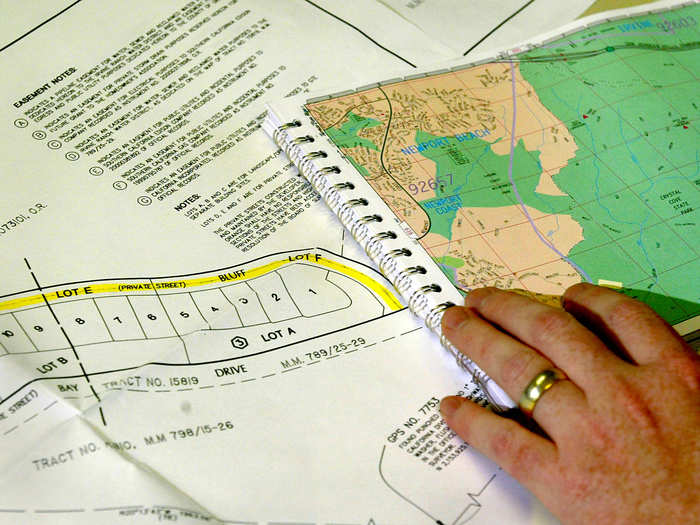
Rand McNally continues to sell printed guides. The LA and Orange Country edition is $35.
Trips in techmobiles tend to be optimized for getting there. But in the inefficient days before GPS, you sometimes wandered down old highways and byways.
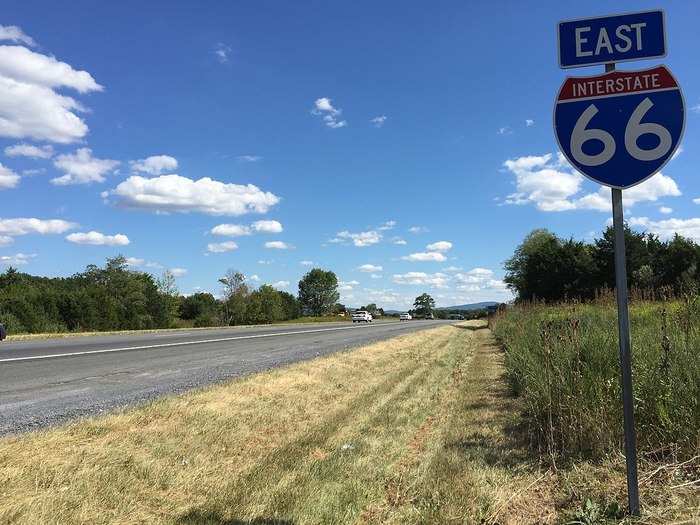
Getting lost could also mean asking for directions.

Some folks had carphones — actual phones installed in their cars.
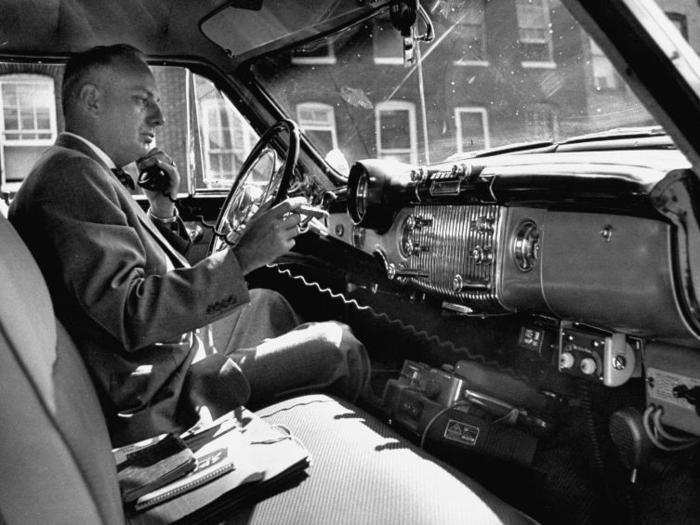
But for everyone else, pre-cell-phone era, making a call meant making a stop. Cost? A quarter.
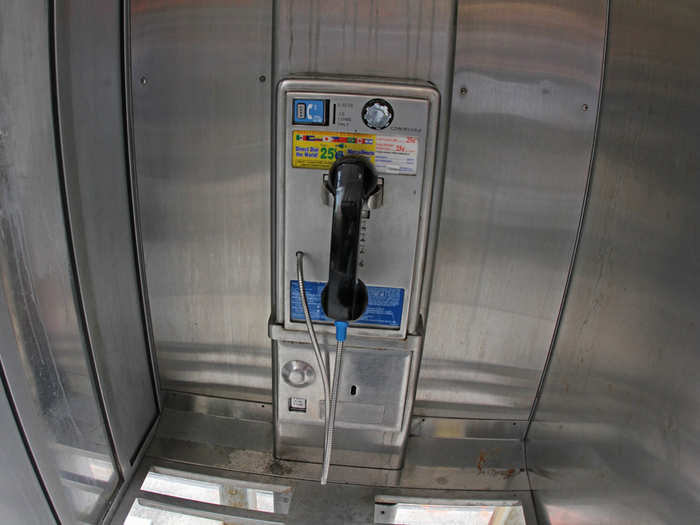
You could take car radios to an extreme before SiriusXM satellite connections, but the basic setup involved an antenna and an AM/FM tuner.
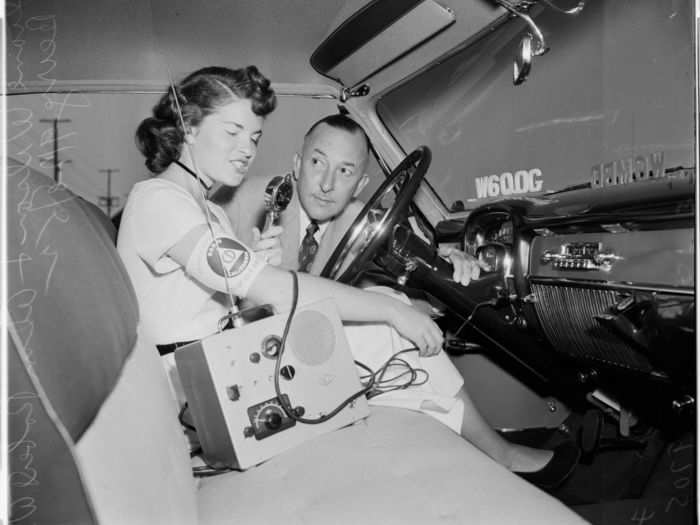
In the days before onboard diagnostics, you learned to check your oil every so often, using the dipstick and a rag. I still practice the ancient art on my Prius.
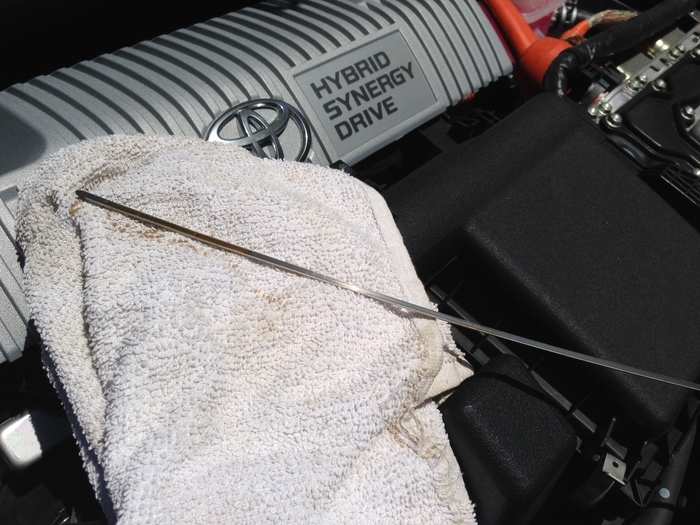
In fact, in the pre-tech 1990s, people generally tended to keep better track of maintenance. Now, vehicles will remind you that it's time for service.
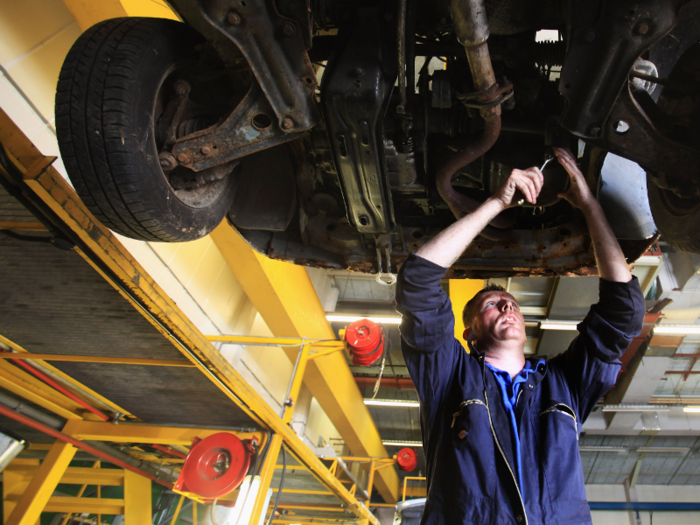
A flat tire meant either a walk to the nearest service station, flagging down a good Samaritan, or changing the tire yourself. When cellphones finally arrived, you could at last call for help.
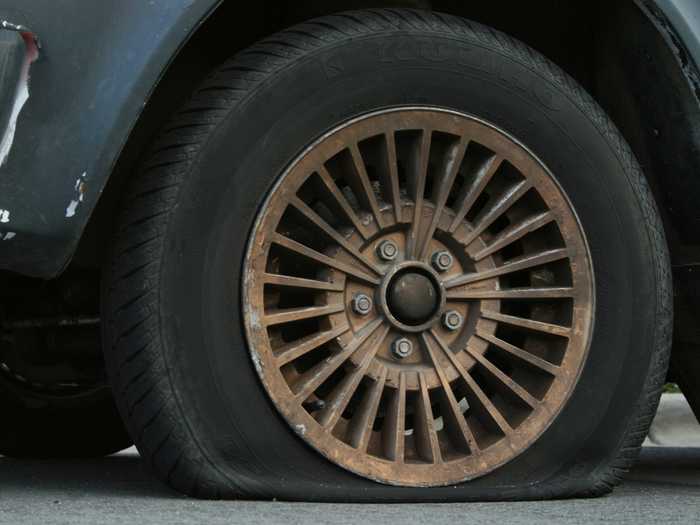
Not being able to call for help required motorists to maintain a complete emergency kit.

On balance, today's cars last longer than vehicles from previous decades. The tech sometimes needs updating, but your investment in it should pay off.

To be honest, I long for the days of no-tech cars. I won't argue against safety and having instant communications available for emergencies. But I did love the freedom of disappearing for a day or two.
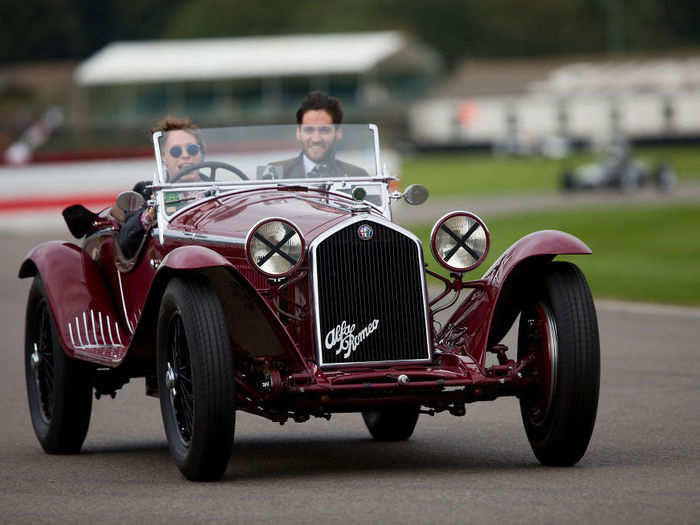
Popular Right Now
Popular Keywords
Advertisement